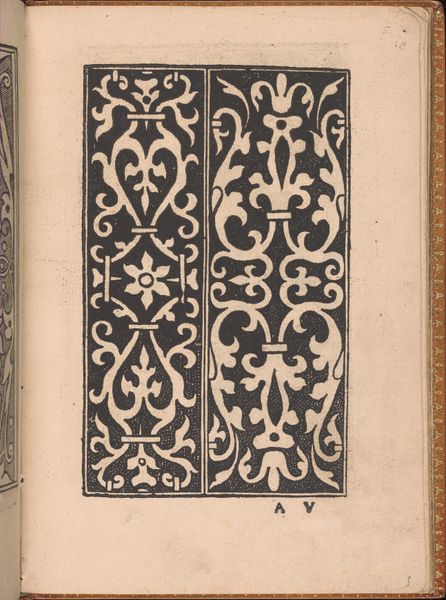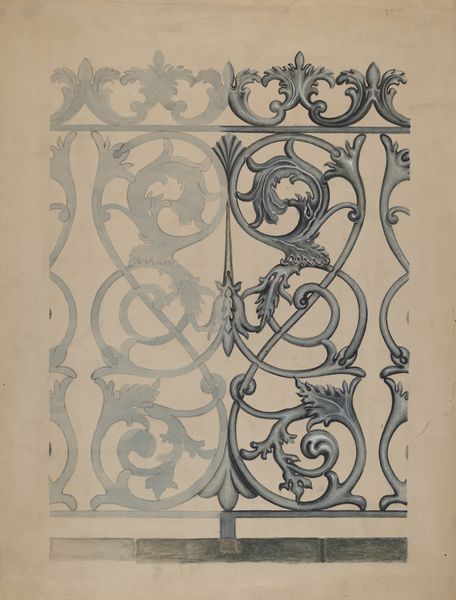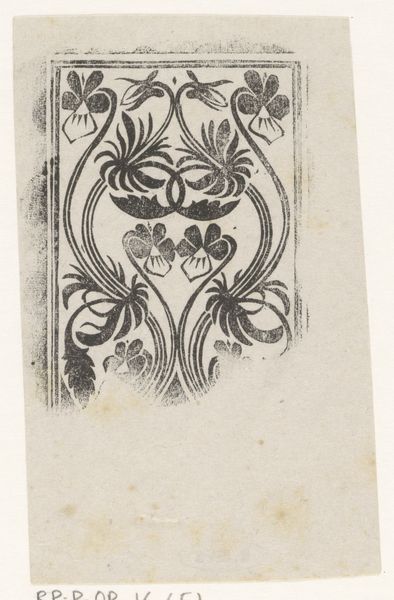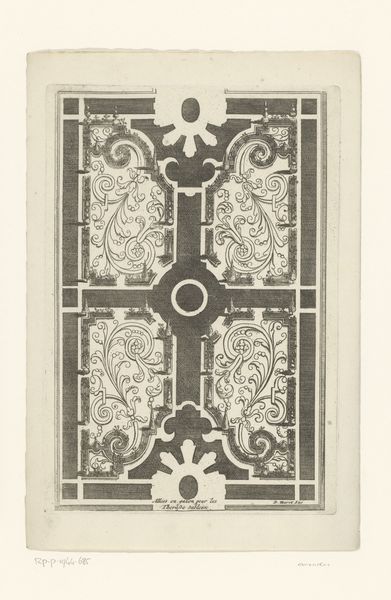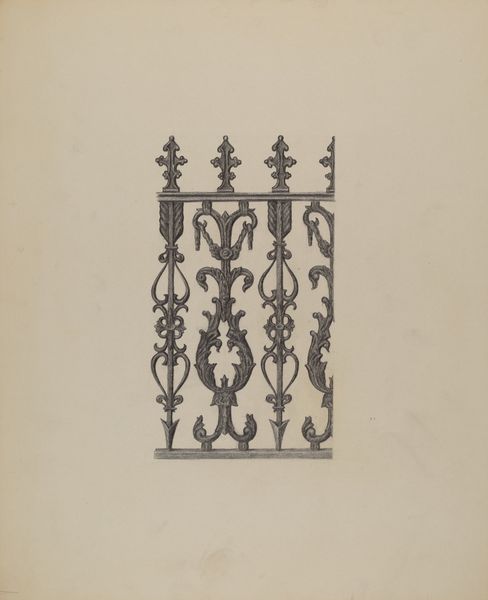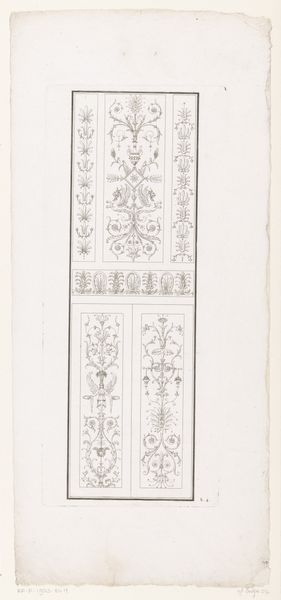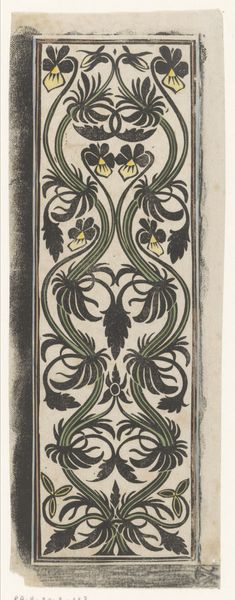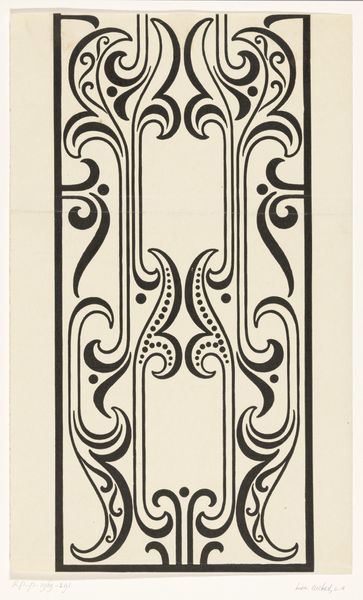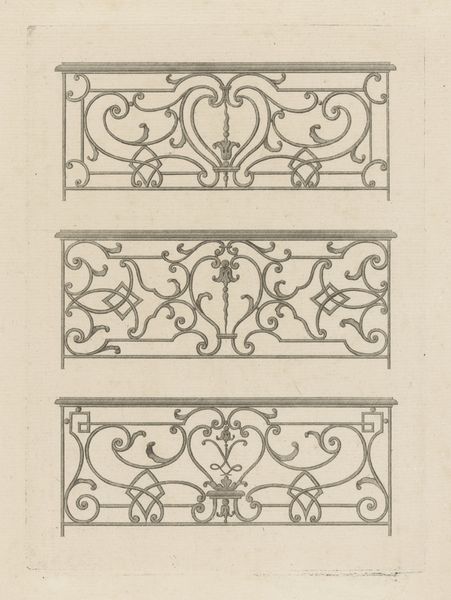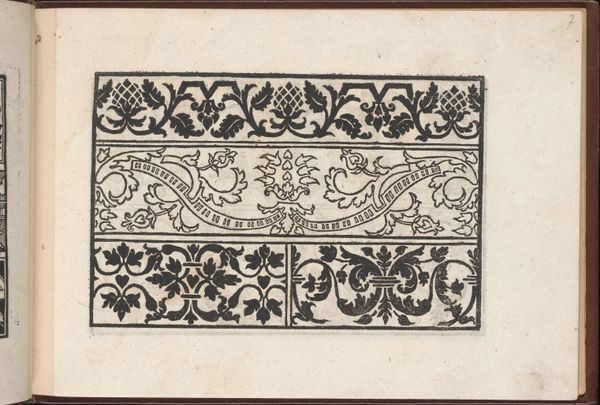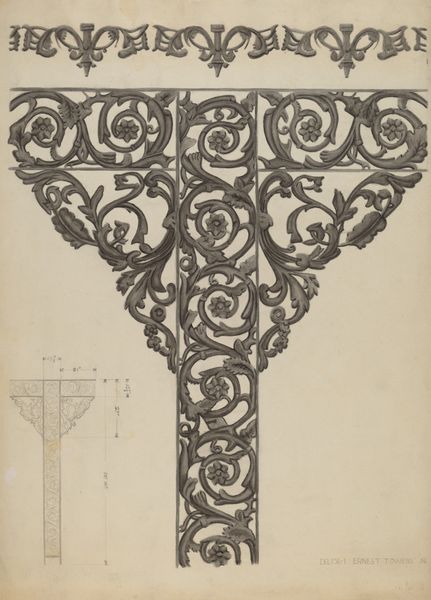
drawing, ink, pen
#
drawing
#
pencil sketch
#
form
#
ink
#
geometric
#
pen-ink sketch
#
line
#
pen
#
realism
Dimensions: overall: 49 x 35.6 cm (19 5/16 x 14 in.)
Copyright: National Gallery of Art: CC0 1.0
Editor: Here we have Albert Eyth’s "Fence Post," dating from around 1937. It seems to be an ink and pencil drawing, and the detail is fascinating. How would you interpret this work? Curator: Looking at Eyth’s "Fence Post" through a materialist lens draws my attention to the process of its creation. Think about the labour involved. Consider the skilled craftsperson, perhaps the artist themselves, meticulously translating wrought iron into pen and ink. What does it mean to elevate such a quotidian, mass-produced item through the act of drawing? Editor: That’s a great point; it's essentially elevating craft through fine art. I hadn’t thought of it that way. What does this say about the society at the time? Curator: In the 1930s, during the Depression era, examining an object like this allows us to contemplate consumption, production, and the social value assigned to functional items. The ornate design speaks to aspirations of elegance even amidst economic hardship. Were such elaborate fence posts commonly accessible, or did they represent a more exclusive segment of society? Understanding the materiality helps us delve into these historical questions. Editor: So, it’s about looking beyond the surface to understand its place within society, considering who made it, how it was made, and what it signified? Curator: Precisely. The contrast between the industrial iron and the delicate rendering also raises the question: Is Eyth critiquing or celebrating mass production? Is it idealizing function or appreciating craftsmanship? Editor: This has given me a whole new perspective on analyzing art beyond just its aesthetic qualities, and toward understanding its materiality and how that reflects broader social themes. Curator: Absolutely. Paying close attention to material culture expands our understanding of historical values, challenging any clear boundary between ‘art’ and everyday life.
Comments
No comments
Be the first to comment and join the conversation on the ultimate creative platform.
